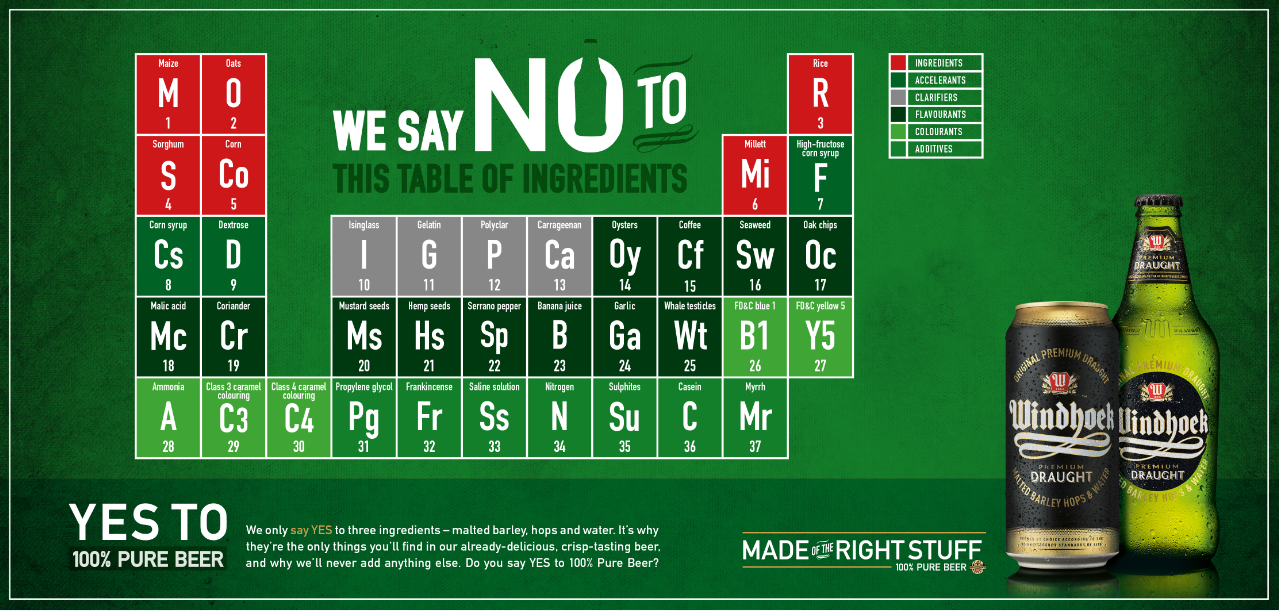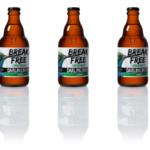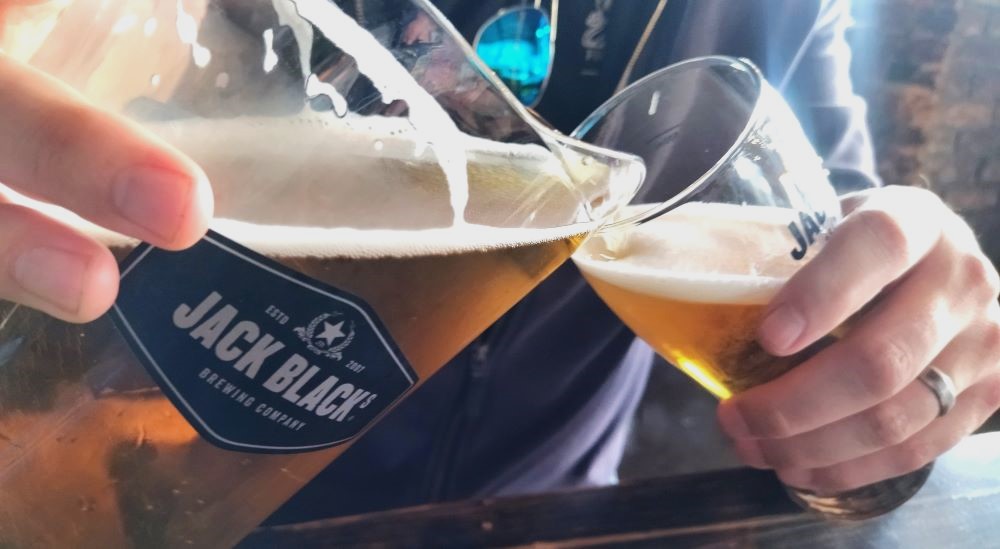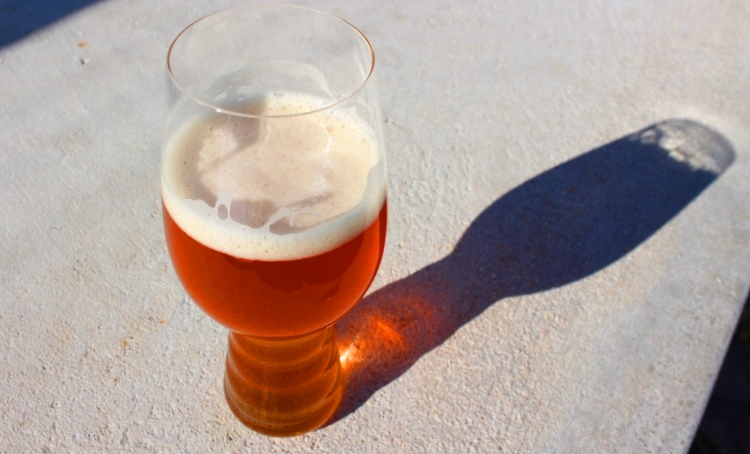You might have spotted a new Windhoek advertising campaign over the past week. The Namibian brewery launched a somewhat tongue-in-cheek string of ads playing on their Reinheitsgebot policy – that is, brewing using the ingredients laid out by the 1516 German beer purity law – malt, hops and water (yeast hadn’t been discovered back then).
 The campaign, which includes the “beeriodic table” of ingredients that Windhoek frowns upon (I have to give props for use of the word “beeriodic”, btw) is clearly aimed at certain large breweries who tend to use adjuncts like maize and rice in their brews. But it also took a sideways dig at craft beer and certain classic Belgian styles – coriander made it onto the ‘do not use’ list, as did oak chips (sorry Innis & Gunn) and whale testicles, in a cheeky nod to Iceland’s Stedji Brewery. I had to google the use of frankincense and myrrh in a beer (actually, I had to google what frankincense and myrhh are, other than archaic gifts for newborn deities) and I’m happy to say I haven’t yet encountered a brew flavoured with garlic (Dogfish Head have dabbled, if you’re interested).
The campaign, which includes the “beeriodic table” of ingredients that Windhoek frowns upon (I have to give props for use of the word “beeriodic”, btw) is clearly aimed at certain large breweries who tend to use adjuncts like maize and rice in their brews. But it also took a sideways dig at craft beer and certain classic Belgian styles – coriander made it onto the ‘do not use’ list, as did oak chips (sorry Innis & Gunn) and whale testicles, in a cheeky nod to Iceland’s Stedji Brewery. I had to google the use of frankincense and myrrh in a beer (actually, I had to google what frankincense and myrhh are, other than archaic gifts for newborn deities) and I’m happy to say I haven’t yet encountered a brew flavoured with garlic (Dogfish Head have dabbled, if you’re interested).
Personally I’m not against certain additions – serrano peppers for example, would probably be rather awesome, and I love a good witbier – coriander and all. I think craft beer is all about variety and when special ingredients are used to enhance and add flavour (rather than to cut corners and keep costs down), I’m all for it. The idea of using colourants in a beer is a weird one – surely that’s what malt is for?
So what do you think? Does real beer only have three ingredients (plus yeast of course)? Are there some things on the beeriodic table that are never acceptable? Or do you not care what’s in your beer as long as it tastes OK?










To be fair, I can’t imagine adding any of those to a crisp lager either. They’re using the term “beer” instead of lager, so obviously rely on most people’s ignorance of the difference between ale and lager and want them to think all beer is the same. Which it obviously isn’t.
This one is easy. It’s fine to add “other ingredients” to beer, as long as one does it for the right reasons, the ingredients are broadly natural, and that one’s decisions are, to some extent, grounded in history. Beer existed long before hops, malt and lagers. When you start adding things to the mash tun or kettle to make more money, a red flag goes up. But when you start being broadly defensive over things that are done better that you yourself are likely able to do, it starts to sound like you’re being scuttled for whining. I don’t like the word “adjuncts” for this reason; it’s a blanket term, and includes some very sensible and beneficial ingredients of beer. What’s important is not WHAT’s added, but WHY certain ingredients are used and others not. If you make a Wit, the coriander is not an adjunct — it’s part of the beer. If you add maize because buying malt makes you drive a smaller company car, your actions speak for themselves. When you start pushing a flawed science metaphor, with negative overtones, disinformation is your object, whether what you do is humorous or not. It’s a bit like a Nando’s ad, except that it’s not as funny, and the joke is on oneself.
Hi Lucy, is this ad only ran in South Africa or they running it in other countries as well? I think they have triggered some level of curiousity on some main stream beer drinkers who were not exposed to all the ingredients. Who does actually brew with glycol?
Hey Apiwe
Not sure if it’s running elsewhere – will try and find out…